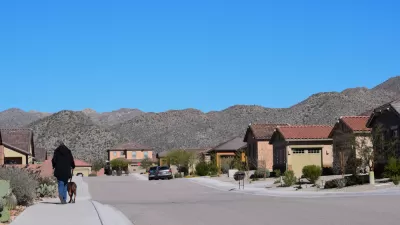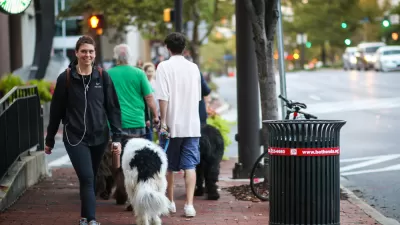A growing percentage of homeowners owe less than half of their homes total value, according to recent analysis.

"The hot housing market has not just meant windfalls for sellers. It's also increasing the percentage of homeowners who are 'equity-rich,'" reports Andy Medici, sharing findings of a new study by property database Attom Data Solutions LLC.
"About 34.4% of residential properties in the United States were 'equity-rich' in the second quarter of 2021, which means the total loans on the property were half or less than half of the property's total value. That's up from 31.2% in the first quarter of 2021 and up from 27.5% in the second quarter of 2020," explains Medici of the report's findings.
Just 4.1 percemt of homes are underwater, "down from 5.2% during the first quarter of 2021 and down from 6.2% during the same time in 2020."
Around the country, Arizona saw the biggest jump in its portion of equity-rich homes. Maryland was the only state in the country that saw its percentage of equity-rich homes slip in the last quarter.
FULL STORY: Covid-19-fueled market leads to more equity-rich homeowners

Maui's Vacation Rental Debate Turns Ugly
Verbal attacks, misinformation campaigns and fistfights plague a high-stakes debate to convert thousands of vacation rentals into long-term housing.

Planetizen Federal Action Tracker
A weekly monitor of how Trump’s orders and actions are impacting planners and planning in America.

San Francisco Suspends Traffic Calming Amidst Record Deaths
Citing “a challenging fiscal landscape,” the city will cease the program on the heels of 42 traffic deaths, including 24 pedestrians.

Defunct Pittsburgh Power Plant to Become Residential Tower
A decommissioned steam heat plant will be redeveloped into almost 100 affordable housing units.

Trump Prompts Restructuring of Transportation Research Board in “Unprecedented Overreach”
The TRB has eliminated more than half of its committees including those focused on climate, equity, and cities.

Amtrak Rolls Out New Orleans to Alabama “Mardi Gras” Train
The new service will operate morning and evening departures between Mobile and New Orleans.
Urban Design for Planners 1: Software Tools
This six-course series explores essential urban design concepts using open source software and equips planners with the tools they need to participate fully in the urban design process.
Planning for Universal Design
Learn the tools for implementing Universal Design in planning regulations.
Heyer Gruel & Associates PA
JM Goldson LLC
Custer County Colorado
City of Camden Redevelopment Agency
City of Astoria
Transportation Research & Education Center (TREC) at Portland State University
Jefferson Parish Government
Camden Redevelopment Agency
City of Claremont





























